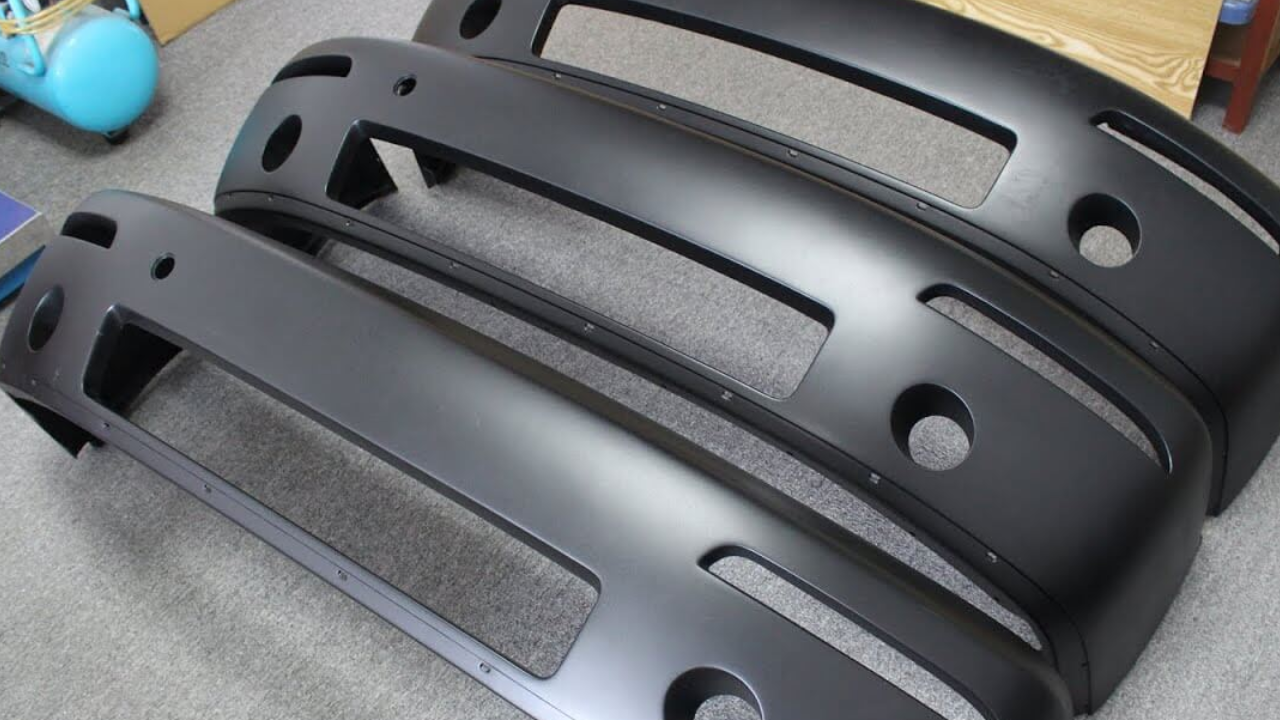Beneficient is a designer of technology products. He has a B.S. in electrical engineering and an M.S. in computer science from Stanford University, and he has worked at several startups, including Google and Facebook. He is the co-founder of Conversion.ai, Proof, and Apptopia.

A manufacturing technique that enables the mass production of parts is injection molding. It operates by injecting molten materials into a mold (referred to as a “mold” in the US). Although it is most frequently employed with thermoplastic and thermosetting polymers, injection molding can also be utilized with metals, glassware, elastomers, and sweets.
The manufacturing process of injection molding is very relevant today. It is widely utilized to produce everything from toys to personal goods. The injection molding permits the mass production of tens of thousands or even millions of identical components of a particular size and quality. Without controlled temperatures, it is nearly impossible to achieve the intended or ideal output.
What Is The Importance Of Temperature Control In Injection Molding?
Numerous defects in the completed plastic component can result from either an excessive or insufficient temperature. Even the injection mold machine itself may suffer significant harm. The aspects of the entire process that are maintained at the wrong temperature are mostly responsible for the defects and problems that arise.
At the moment when the substance enters the barrel, a plastic cap solidifies. Injection molding can result in wavy lines or flow markings that harm the surface of the created component when temperatures are too low. The part warps or the plastic blisters in a heated mold. Raised areas form as a result on the surface. Temperatures that are too high or too low might possibly shorten or jeopardize the life of a plastic injection molding machine.
The Injection Molding Process
Melting plastic is the first step in the injection molding process. The molten plastic is then injected into a specified mold, where it is allowed to cool before hardening into the mold’s shape. They can typically be heated, molded, and cooled repeatedly before becoming harder as they cool. Contrarily, thermosets, such as silicone and epoxy resins, become permanently set when heated.
Thermosets are hence the preferred material for high-temperature applications. Thermosets are more durable than thermoplastics, which are their opposites. The former, however, is even more fragile than thermoplastics and cannot be recycled.
Maintaining Conditions during the Injection Molding Process
Plastic injection equipment cannot produce an aesthetically pleasing and structurally sound component until up to three critical process parameters are met in full As follows:
Pressure
Mold filling demands a tremendous amount of pressure, which must be present in order for the mold to be properly filled. Nevertheless, excessive pressure during the injection molding process has negative outcomes. Overly intense pressure can result in bubbles of air, burned plastic, etc.
Time
A few stages in the molding cycle need to be properly timed in order to get the desired or appropriate results for a molecular component. The residence time, or the length of time molten plastic will stay inside the barrel of the plastic injection machinery, is one of these areas. Setting the residence duration correctly is essential to prevent excessive heating, overheating, and premature removal of the molten material from the barrel.
Setting the residence time appropriately will enable the injection mold machine to provide the required outcomes. However, not enough residence time allows the molten plastic to cool to the necessary temperature. As soon as the plastic enters the mold cavity, it begins to solidify before it should. The plastic, on the other hand, burns inside the barrel if the residence period is too long, burning it before it even gets to the mold.
Temperature
Due to the importance of temperature management, an injection molding machine temperature controller must be installed. The plastic is heated and completely mixed as soon as it is inserted into the machine’s barrel. Setting up the right temperature profile is crucial since it guarantees complete melting and mixing of the plastic without letting it burn.
The temperature profile is programmed to rise along the barrel of the machine to the check valve. Prior to the mold, the greatest temperature setting should be used. As important as the temperature profile inside the barrel is the maintained temperature inside the mold. In order to allow the plastic to cool, the mold is made to maintain a lower temperature than the barrel.
Sum Up
As you can see, it is crucial to maintain a proper injection molding temperature. Unsuitable molding temperatures have a significant negative impact on the final product. Determining and managing the temperatures at each location along the plastic injection molding machine is essential for this reason.
